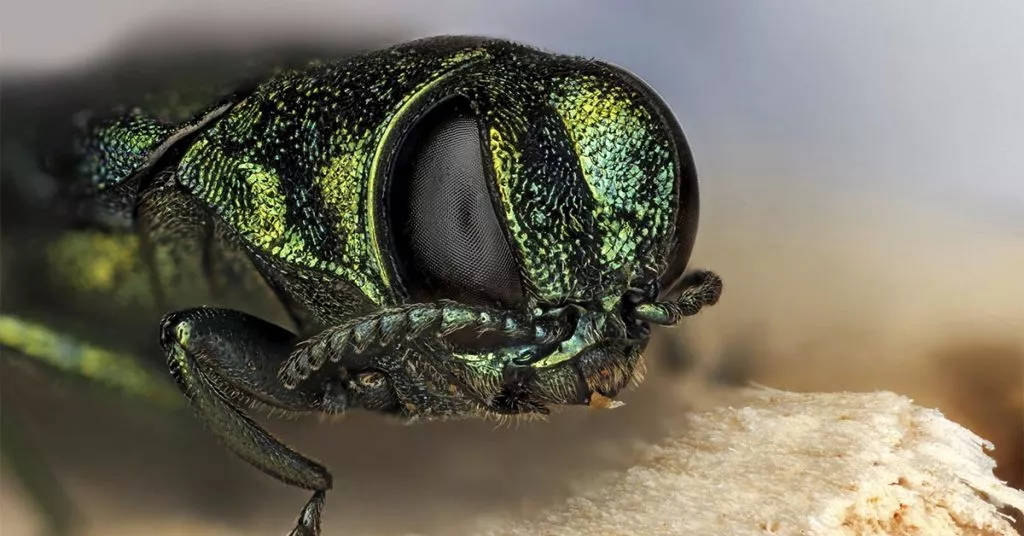Dead ash trees in Massachusetts have become an issue for residents all over the state. If you have such a tree on your property, it’s important to keep an eye out and remove it before it becomes a hazard. These trees can fall at any time, potentially causing damage to your property or even injuring someone. But how do you know when it really is time to call a tree service for help?
Keep reading to learn when the time is right for removal.
What causes dead ash trees in Massachusetts?
Ash trees are common in North America, but they are currently facing a serious threat from a destructive insect known as the emerald ash borer. This insect bores into the tree’s bark, leaving it to starve and eventually die.
While infestations have been found in several states, the insect is originally from Asia. Most likely, it first arrived in the United States on cargo ships. Once established, the emerald ash borer (EAB) spreads quickly, killing millions of ash trees in just a few years.
In addition to the emerald ash borer, ash trees are also susceptible to other pests and diseases. For example, the fungal disease known as white fringe can cause extensive damage to their leaves.
When should a dead ash tree be taken down?
How do you know your ash tree can’t be saved? Here are three signs to look for.
1. The tree has lost most of its canopy
One of the clearest signs that an ash tree is dead and needs to be taken away is a shrinking canopy. If a large percentage of the leaves are brown and falling off, your tree is in trouble.
When the leaves turn brown, the tree is no longer nurturing itself through the process of photosynthesis, which essentially means it starves to death. Then, time has come to contact a tree removal service for assistance.
2. Bark is falling from the trunk
If you notice that the bark on your ash tree is falling off, it’s a sure sign that the tree is dying. Ash trees are very susceptible to a disease called ash dieback, which affects the tree’s ability to transport water and nutrients from the roots.
When the bark starts to fall off, the tree is unable to get the moisture and nutrients it needs to survive.
3. Woodpeckers are flocking to your tree
Woodpeckers are attracted to ash trees for two primary reasons: the presence of insects and the softness of the wood. If an ash tree is infested with pests, woodpeckers will drill into the bark in search of a meal. In doing so, they will inevitably create holes that leave the tree vulnerable to disease and decay.
Let tree removal professionals handle it
If you’ve come to the conclusion that your ash tree is dead and needs to be removed, it’s time to contact a professional. At Iron Tree Service, we offer a variety of services, including removing dead ash trees in Massachusetts. Contact us today to learn more.





